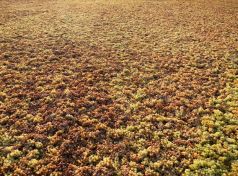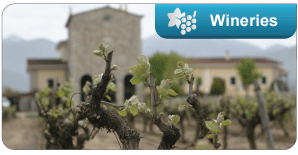Liasta (straw wines or vin liastos)
Liasta (straw wines or vin liastos, from the Greek word “Helios” for “sun”), are sweet wines traditionally produced in Greece since prehistoric times. Their name indicates the practice of sun-drying the grapes after the harvest so that they may become partially desiccated. The place where the grapes are laid out in the sun to dry is now called a “liastra” and corresponds to the ancient Greeks’ “heliasterion” or “theilopedon”.
Accounts of Liasta (straw wines or vin liastos), and the manner in which they were produced abound. One of the earliest accounts can be found in Homer’s “The Odyssey,” where it is mentioned that Ulysses, while on the island of Phaeacians (present-day Corfu), admired the king’s vineyard which had a place especially reserved for sun-drying the grapes and then pressing them. Hesiod goes into detail on how grapes were sun-dried in the area of Viotia. Many travelers have referred to the liasto of Siatista, Macedonia, while the Liasta of many Aegean islands have been well known for over 3,000 years.
Sun-dried grapes are rich in residual sugars, yielding wines which at the end of the alcoholic fermentation still contain many unfermented sugars and are especially sweet. Nevertheless, Liasta retain the grapes’ concentrated aromas, acquiring exceptional aromatic complexity and evolving while aging. They also acquire high acidity since besides sugars and aromas, sun-drying also results in concentrating the grapes’ natural acids.



